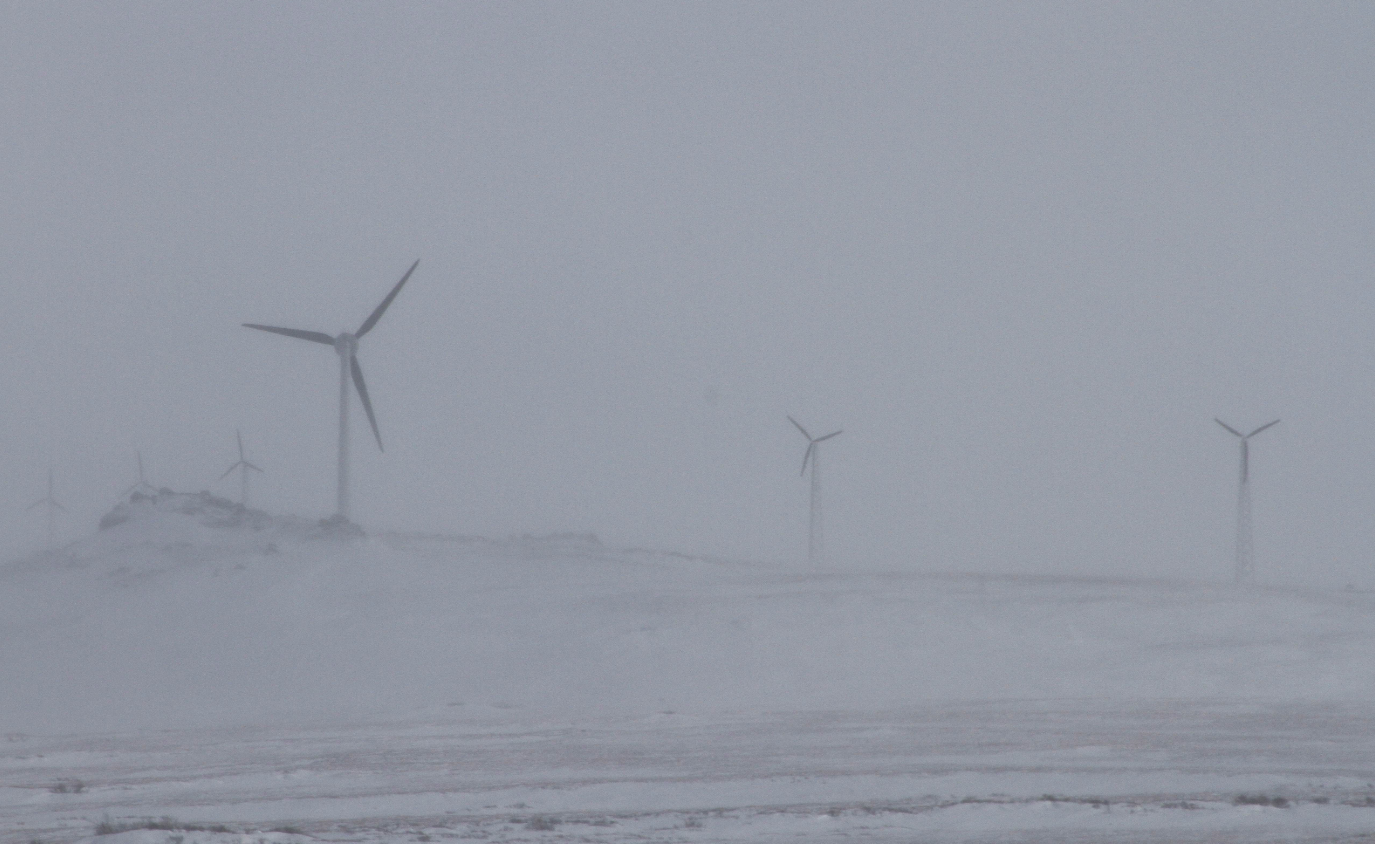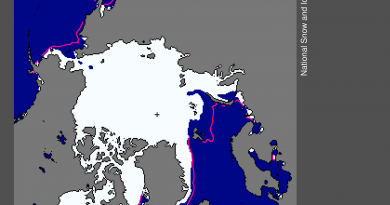EU money for Russian Arctic wind power

Four wind power generators with a total 200 KWh capacity are being erected in Amderma, the town on the Kara Sea coast.
Over the next years, EU programme Kolarctic will finance several more Russian Arctic wind parks.
Three of the four generators are already in place, the Nenets regional administration informs. The generators have seven meter long blades and are supplemented by three diesel-electric generators with total power of 460 KWh.
A team of technicians is now on its way to the site following technical problems with the aggregates, regional authorities say.
Reducing fuel dependency
The new energy capacities will enable the small town to reduce dependency of fuel supplies from outside. Like other remote settlements on Russia’s Arctic coast, Amderma is fully dependent of summer shipments of goods reserved for the winter season.
The project is financed by ENPI Kolarctic, the EU-Russian financial mechanism. According to information available from the Kolarctic programme (2007-2013), the Polar Wind project has got €2,3 million in support.
And more is in the pipeline.
Wind parks planned
The new and upcoming Kolarctic programme includes almost €12,5 million for more wind power generators along the Russian Arctic coast. According to programme information, wind parks are to be built also in the settlements of Nes’, Karataika and Indiga. The project is the biggest director all the grants awarded as part of the programme. Up to 30 percent of the project budget is EU money, the remaining part is from Russia and from partner financing.
Amderma was established in 1933 in connection the opening of a fluorite mine in the area. The place later got an air field and military base, which was abandoned in 1993. At most, about 5500 people lived in the village. Today, only about 500 people are left.
The Russian Armed Forces have made clear that the base in Amderma is to be reopened by year 2020.
Related stories from around the North:
Canada: Energy challenges in Canada’s North, Eye on the Arctic
Finland: Helsinki consumers cool on solar energy, Yle News
Norway: New wind power park planned for Arctic Norway, The Independent Barents Observer
Russia: No alternative to Arctic oil says Russia environment minister, Barents Observer
Sweden: Will Sweden be able to produce enough energy in the future?, Radio Sweden
United States: New Alaska rules may help renewable energy projects, Alaska Public Radio Network



